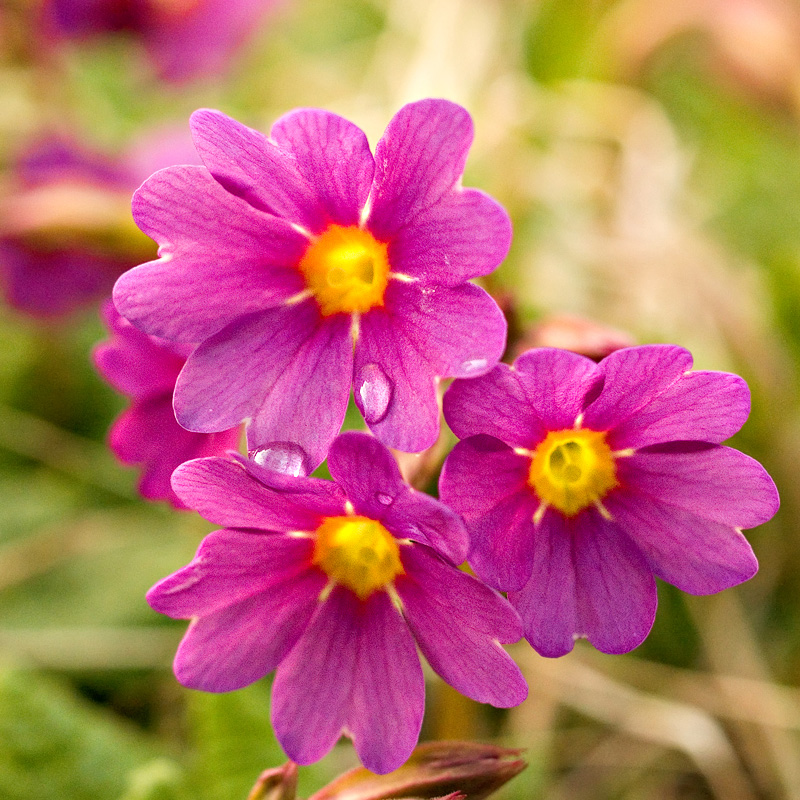It is not very hard to find gardening products these days as gardening has become a very popular activity. The gardening products can be bought either from nurseries or stores, or they can even be ordered online. Gardening products these days carry from gardening equipments to the actual plant itself.
Irrespective of what we are planting, we would require the basic gardening products. Water supplies can be provided either by a sprinkler or a water hose. Other than the above mentioned products, gardening products consists of pot (if we are pot planting), arake, sectures, good pair of gloves and spade. Potting soil are the other important products which a gardener should purchase when he starts a garden to get his dirt ready. The various plotting soil which are available are organic potting soil, cactus potting soil, seed starting plotting soil and root development plotting soil.
In order to maintain a very healthy plant life it is necessary for a gardener to purchase gardening products which will help him to add nutrients to his soil. The most famous growing enhancer for plants is a product called Miracle-Gro. This Miracle-Gro comes in various types and your user's choice depends on the type of plants he is trying to grow in his garden. Fertilizers such as triple 13 or 10-20-10 are available which can be used for the fertilization of your soil.
The products which we use fro flower gardening cannot be used for growing herbs or vegetables, these require different products. Tomato gardens need ties and tomato cage to protect them from heavy winds. Growing vines require trellis or fence of some sort as they grow that way.
Gardening products apart from enabling us to maintain our gardens better can also be used for decoration purposes. The various gardening products which can be used as decoratives are sundials, stones or bricks which can be used for pathways , flower pots and lawn furniture?s personal touch can be given to the garden by making use of these decoratives, that way your garden can be made to look attractive.
During the winter months there will be lots of new gardening products to choose from. It is completely necessary for a gardener to put his/her plants in a greenhouse. Greenhouse can be alternated with some sort of trap which can be used to cover your plants. The much need warmth and extra light can be provided to your pants by using a heat lamp or some other type of light source.
Gardening products are always upgraded and these upgraded and new products pop up in the market from time to time. Most of the gardening products, even though are not necessary, they make our gardening chores much easier and our gardening experience most enjoyable.
Article Source: http://EzineArticles.com/1658686







